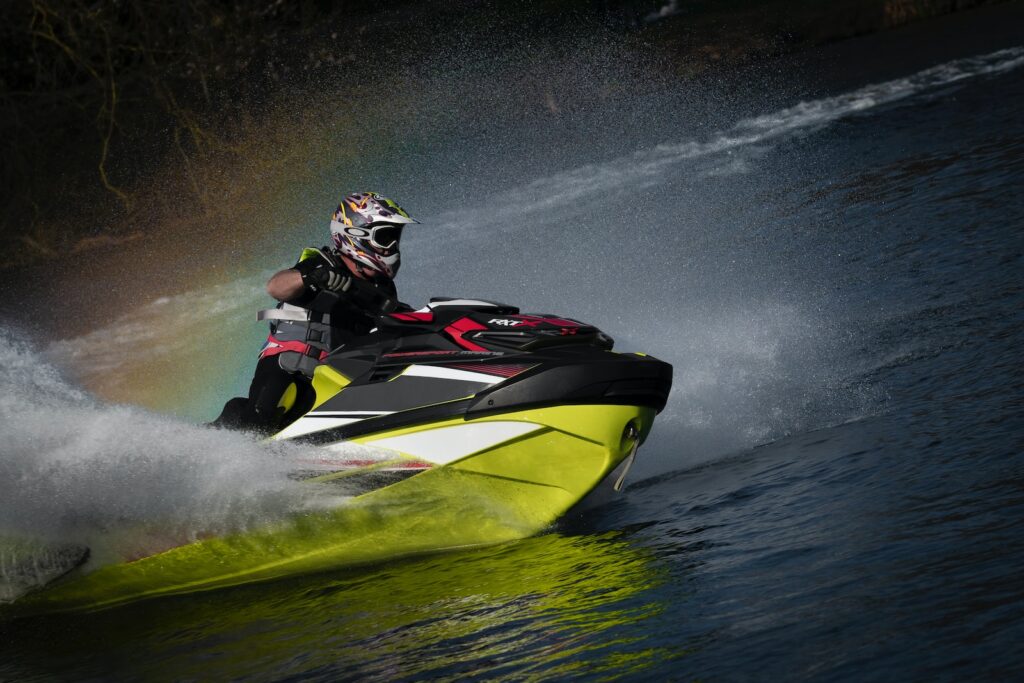Jet ski racing is an adrenaline-fueled water sport that requires strength, endurance, and quick reflexes. However, it also comes with its fair share of injuries. In this article, we’ll cover everything you need to know about the muscles used in jet ski racing, common injuries, prevention techniques, effective treatments, and safety tips to keep you racing strong.
Muscles Used in Jet Ski Racing: Building Strength and Endurance
Jet ski racing is a full-body workout that engages various muscle groups. The lower body muscles, such as the quads, hamstrings, and glutes, are essential for balance, stability, and maneuvering the jet ski. The upper body muscles, including the chest, shoulders, and arms, are responsible for steering and controlling the throttle. Finally, the core muscles play a crucial role in maintaining balance and stability on the jet ski. To build strength and endurance, jet ski racers should incorporate a combination of cardiovascular, strength, and flexibility exercises into their training routine.
Common Jet Ski Racing Injuries and Prevention Techniques
Jet ski racing injuries can range from minor bruises and cuts to more severe injuries, such as fractures, dislocations, and spinal cord injuries. The most common injuries among jet ski racers include muscle strains, sprains, and contusions, as well as head and neck injuries. To prevent these injuries, it’s essential to wear appropriate safety gear, such as a life jacket, helmet, and goggles. Jet ski racers should also undergo proper training and practice good technique, avoid racing in dangerous or unfamiliar waters, and be aware of weather conditions.
Effective Treatments for Jet Ski Racing Injuries
In the event of a jet ski racing injury, it’s crucial to seek medical attention immediately. The treatment plan will depend on the type and severity of the injury, but common treatments include rest, ice, compression, and elevation (RICE), physical therapy, and surgery in severe cases. Over-the-counter pain relievers can also help manage pain and inflammation.
Safety Tips for Jet Ski Racing and Preventing Injuries
The key to safe jet ski racing is to follow safety guidelines and use common sense. Always wear appropriate safety gear, follow speed limits and water traffic rules, and avoid racing in crowded or dangerous areas. Be aware of your surroundings and weather conditions, and never operate a jet ski under the influence of drugs or alcohol. Finally, undergo proper training and practice good technique to prevent injuries.
In conclusion, jet ski racing is an exhilarating water sport that requires strength, endurance, and quick reflexes. However, it’s crucial to take safety precautions and prevent injuries to enjoy the sport fully. By following the tips and techniques outlined in this article, jet ski racers can build strength, prevent injuries, and enjoy the thrill of racing on the water.





